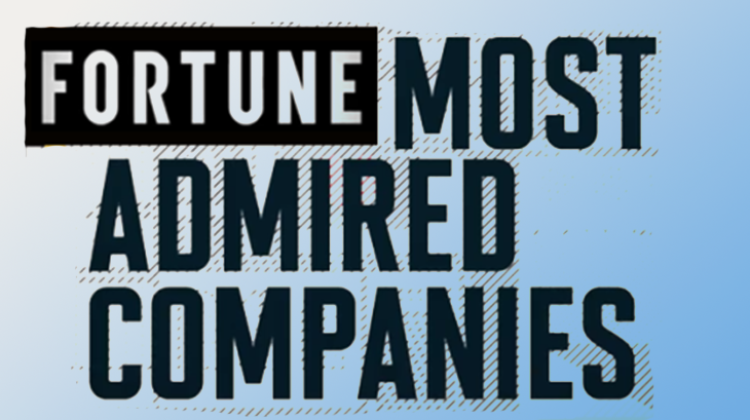
Fortune magazine just published its annual list of most admired companies. As these rosters invariably are, the newest ranking of the world’s most admired companies makes for fascinating reading. Especially significant for students of mass market retailing is those retailers included on — and those who are missing from — the newest ranking.
 As background, the newest list was compiled from votes by observers both inside and outside their respective industries. To that extent, the list is subjective. However, the list was culled from 1,500 candidates: the 1,000 largest U.S. companies ranked by revenue, along with non-U.S. companies in the Fortune Global 500 database with revenue of $10 billion or more. From there, the assortment was winnowed to the highest-revenue companies in each industry — a total of 660 organizations in 29 countries. The top-rated companies were selected from that pool of 660 companies, and the executives who voted work at the companies in that group of 660. Clear? Neither are we.
As background, the newest list was compiled from votes by observers both inside and outside their respective industries. To that extent, the list is subjective. However, the list was culled from 1,500 candidates: the 1,000 largest U.S. companies ranked by revenue, along with non-U.S. companies in the Fortune Global 500 database with revenue of $10 billion or more. From there, the assortment was winnowed to the highest-revenue companies in each industry — a total of 660 organizations in 29 countries. The top-rated companies were selected from that pool of 660 companies, and the executives who voted work at the companies in that group of 660. Clear? Neither are we.
For openers, let’s examine the 50 most admired companies, looking especially hard at the retail and supplier companies on the top-10 list. We should note at the start that Apple was named No. 1, Microsoft No. 2 and Amazon No. 3. No surprises there.
The first brick-and-mortar retailer to appear is Costco, at No. 6. No surprise there either — in fact a further affirmation of the admiration in which that organization is held. Scanning the list further, we find Walmart at No. 9; Starbucks, No. 16; Home Depot, No. 19; Target, No. 22; Nordstrom, No. 31; Lowe’s, No. 47; and, rounding to the top 50, Publix at No. 49 and CVS Health, No. 50.
Supplier companies? Yes, but not all that many. Nike at No. 14; Coca-Cola, No. 15; Procter & Gamble, No. 18; Pfizer, No. 20; Johnson & Johnson, No. 27; Eli Lilly, No. 34; PepsiCo, No. 35; and L’Oréal, No. 43.
Questions abound, most concerning the absence of mass retailers from the list of the 50 most admired companies. Without naming names, the retail organizations that dominate both American and foreign shopping habits certainly deserve greater recognition than they receive on this list, which, if you include Amazon, numbers just 10 top picks.
True, it’s hard to quibble over the selection of such retail standouts as Costco, Walmart, Target or Publix. Even CVS, despite some current rough patches, deserves representation. But what about Walgreens? And the handful of grocery retailers that have emerged in the past 10 years to rightfully claim a place in the top 10. Kroger anyone? Or perhaps … I could name a dozen.
The point here is that, in the eyes of industry participants and observers, a lack of leadership clearly exists in the mass retailing community. Where are the new-generation Sam Waltons, Sam Skaggs, J.C. Penneys, Alex Grasses, Sid Dworkins … I could go on and on. But to what point?
Rather, the time is long past to ask the obvious question: In mass retailing, where have all the giants gone?




You must be logged in to post a comment Login